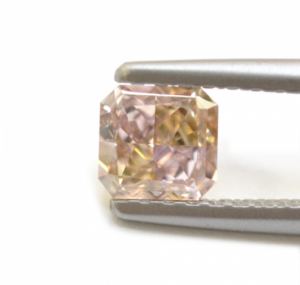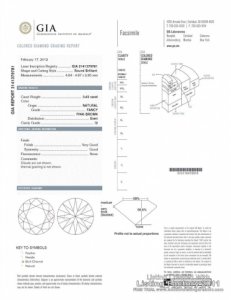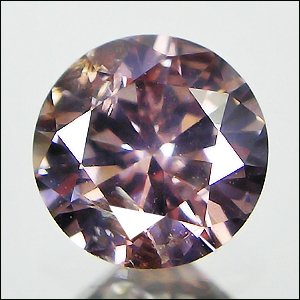- Joined
- Apr 30, 2005
- Messages
- 34,629
How can a cloud cause light to change colors in this geometric pattern?
I'm so intrigued!!!!
I know we have some GIA Graduate Gemologists and cutters here on Rocky Talk.
Here is the vendor's description, but I was hoping for a deeper technical explanation.
"A unique 0.40ct Radiant shape Fancy Pinkish Brown diamond. The face up of the stone contains 2 different colors , 2 of the facets appear as brown and 2 appears as pink. Unlike usual fancy color diamonds when the 2 colors blends , in this case the face up color splits into 2. This happens due to a cloud in a certain location the color split and appear as in a checker board. A real collector piece.
http://www.fancydiamonds.net/view_diamonds/6095.htm

I'm so intrigued!!!!
I know we have some GIA Graduate Gemologists and cutters here on Rocky Talk.
Here is the vendor's description, but I was hoping for a deeper technical explanation.
"A unique 0.40ct Radiant shape Fancy Pinkish Brown diamond. The face up of the stone contains 2 different colors , 2 of the facets appear as brown and 2 appears as pink. Unlike usual fancy color diamonds when the 2 colors blends , in this case the face up color splits into 2. This happens due to a cloud in a certain location the color split and appear as in a checker board. A real collector piece.
http://www.fancydiamonds.net/view_diamonds/6095.htm






300x240.png)